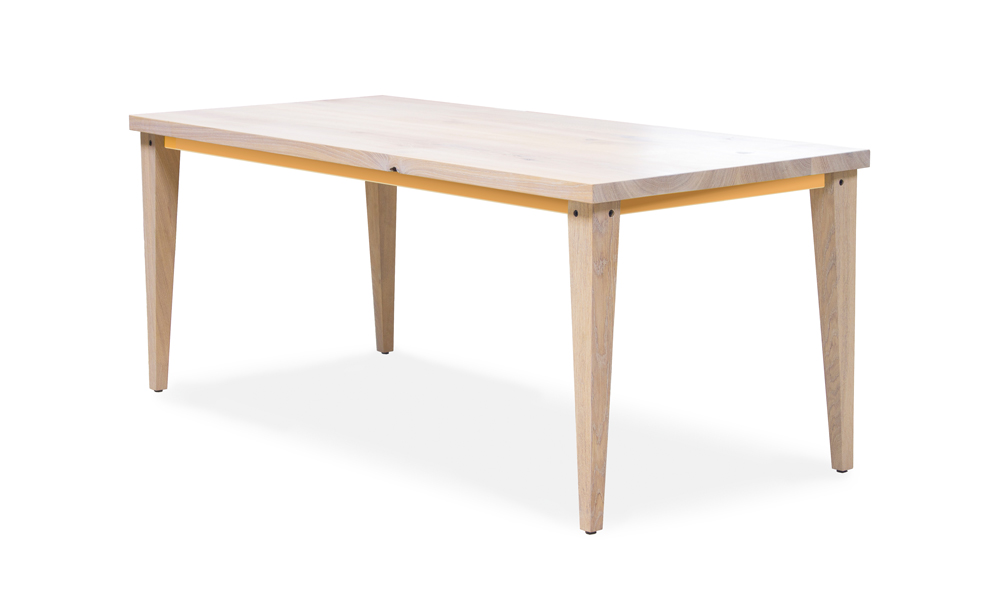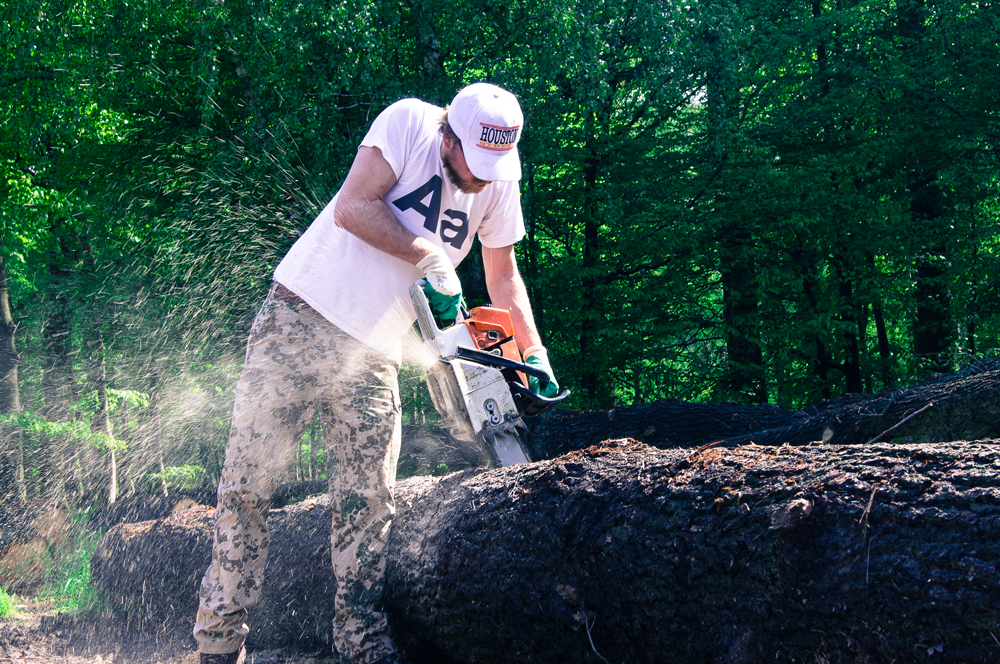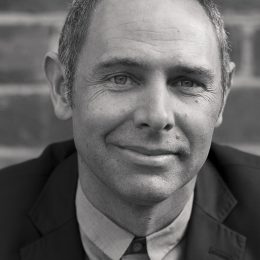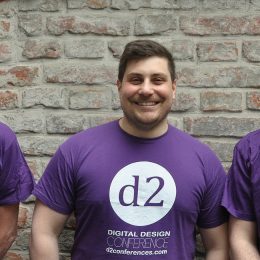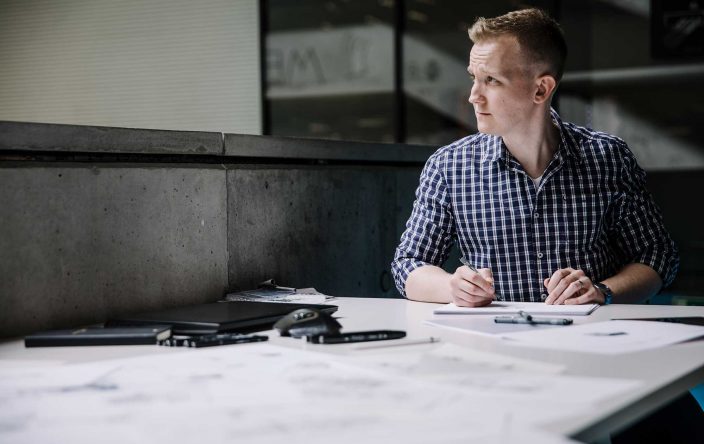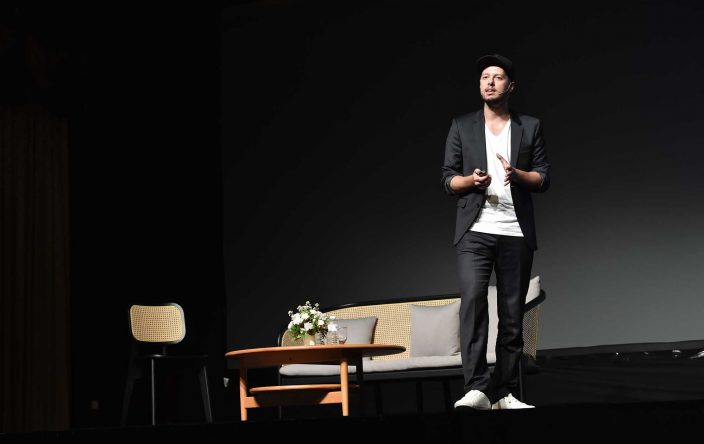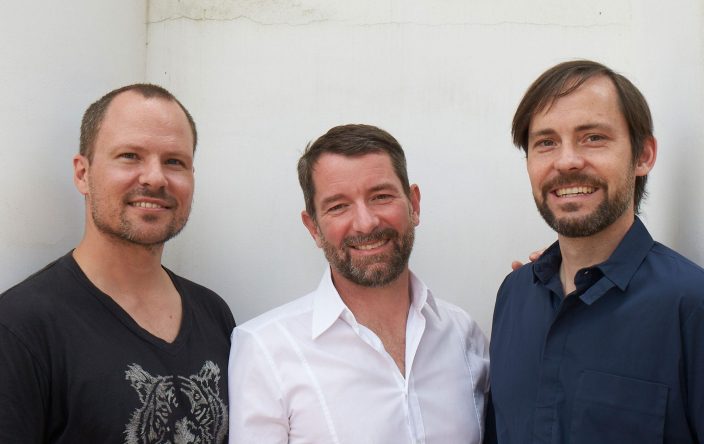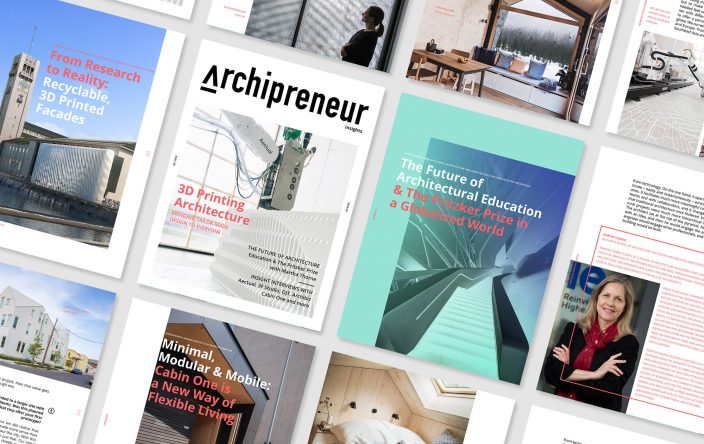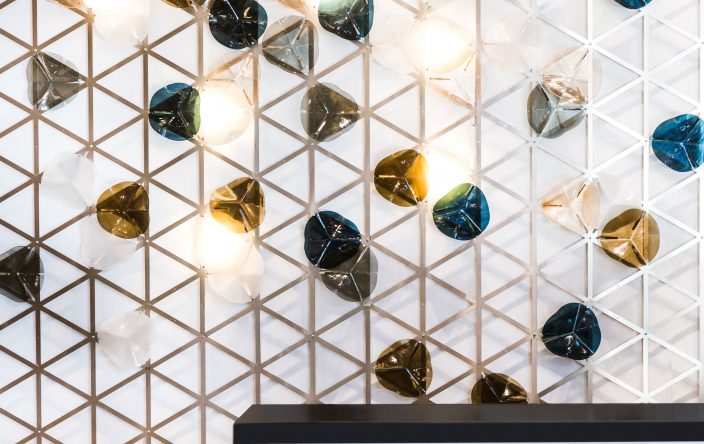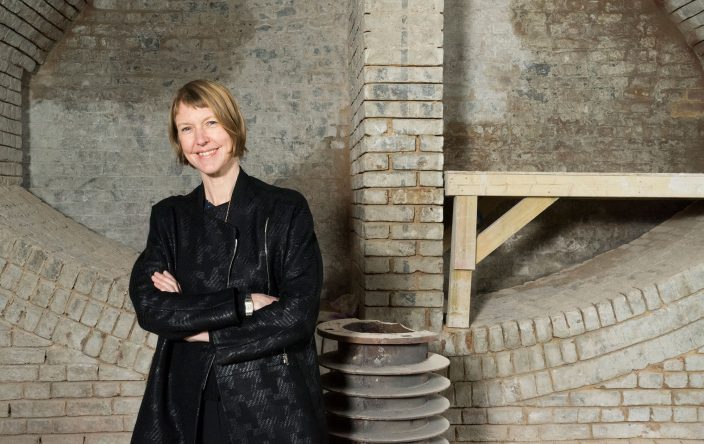
Architecture and Design: How to Build a Furniture Brand with Bullenberg
Welcome back to “Archipreneur Insights”, the interview series with leaders who are responsible for some of the world’s most exciting and creatively disarming architecture. The series largely follows those who have an architectural degree but have since followed an entrepreneurial or alternative career path but also interviews other key players in the building and development community who have interesting angles on the current state of play in their own field.
This week’s interview is with Albrecht von Alvensleben and Maximilian Pauen, architects and founders of Bullenberg, a furniture label based in Berlin.
Albrecht and Max design and manufacture handcrafted wooden tables out of oak wood, taken from the forest of the von Alvensleben family in Saxony-Anhalt, 200 km west of Berlin. The manufacturing process is very personal to the two architects: they carefully select each tree before processing them into logs. Everyone involved in the production is located within a 15 km radius, thus ensuring that each table has been individually crafted and can be entirely customizable.
Here are Albrecht’s and Max’s thoughts on the intersection between architecture and furniture design, as well as on what skills an architect can bring to business development and how they can turn a profit.
I hope you enjoy the interview!
What made you decide to found Bullenberg and create tables? Was there a particular moment that sealed the decision for you?
Max: We were motivated to create products where we would be responsible for the entire process of making them. At the time we first considered it, we were both working in architectural offices in Berlin. The impetus came from a friend – also an architect – who was looking for a solid oak tabletop. It was easy to find a source of great quality raw material as Albrecht’s family had a forest. It took no time for us to realize that we could create saleable products from this source. And so the kernel of the idea was sown.
Throughout history, architects have created a number of memorable furniture designs. Charles Eames, for example, had his own architectural practice before he got into design. What do you find the most fulfilling about product creation?
Max: I believe that if you create an object from start to finish, you have much more influence on its details than you do in architecture. Of course, architecture is very conceptual work, but in the implementation stage, you cannot be involved in every little detail; you cannot be a specialist in every area – the architectural process is really more about coordination and compromises. In creating furniture, especially wood, you can really breathe life into it. The creation process is not as pragmatic; it is much more emotional.
Do you miss working as an architect?
Albrecht: Yes, but only partly. The relatively simple process of plan-drafting for days and weeks on end is not something we miss at all. Working as an architect often seems exciting and cool, but in reality it’s much more tedious and repetitive. What we sometimes miss is working on a larger concept – a greater, more stimulating idea that has been mulled over for months and years before coming into fruition.
Max: The concept for tables had been decided on at a relatively early stage of the company’s founding. Based on that concept, we developed a product. Of course, the concept itself is constantly being adapted and further developed. In architecture there is always time to start anew, and concepts are constantly evolving in consultations with clients and customers. In contrast, our client feedback and design cycle is a more rapid process, which can be oddly enjoyable.
Albrecht: But it’s necessary to say that, in practice, concept development is only a tiny part of a project – it’ll only take a few days or weeks. The remaining work is all about drawing on the computer – that’s part fun, part purely mechanical.
What are your visions for your brand? Are you planning to create more products in addition to the table ARX?
Max: The original concept will remain, but we also want to create new products. The next step we are planning is to move from direct sales into retail. We already have a shop in New York, but our main customer base is here in Berlin, buying directly from us. Many of our customers buy the table unseen, but it is really a product that you want to touch. Our next step, therefore, will be to distribute our tables in specific stores across Germany.
We have already designed a number of new pieces but have not yet made a final decision on our next product. Designing is fun, largely because you get to deal with materials and have to consider what your carpenters need to learn in order to physically produce the product. This is an important exercise; a sort of ‘evaluation’ where we can draw conclusions about how the next product might work, both in terms of building it and its success in the marketplace.
But designing also requires us to question the dimensions of the project: we developed a table, and during that process, learned how to scale a project. We are committed to making products where we know exactly who is involved and where they are located. We would really like to design a chair.
Do you have any tips for “Archipreneurs” who want to start and build their own business?
Albrecht: Get all the formalities and paperwork done as soon as possible – and as neatly as possible – so that your mind is free for structuring the idea that you want to implement.
We have found out that we can accomplish a great deal on our own as trained architects, which of course is very good, because it means that we do not have to pay for expensive services. It stands to reason that, as architects, we can present products. We have, for example, designed our own website and taken all the photos ourselves. You should not be afraid of trying to make things yourself, even if some things don’t turn out so well. You can always build on and revise what you have created.
We said that we want to try everything in business for ourselves at least once. That’s also important in order to see how much effort it takes and better assess what we really do need to outsource in the future.
What is not so good in current architectural education is that students don’t learn much about business. I believe that you must confront the mechanics of business at an early stage before you can fully understand the magnitude of what you hope to achieve: what would you sell, how much time will it take, etc. We have worked this to our advantage; we really got out there and sold from day one, all without a marketing budget. The product spread quite rapidly through channels such as social media and the press, which was very nice of course.
In which areas (outside of traditional practice) can you see major business opportunities for up and coming architects?
Albrecht: The notion of the traditional architectural office is associated with extremely high standards. To ensure sales, clients must comply with standard regulations. Sometimes I do think that the regulations might be in need of changing, since Germany has recently seen such an influx of people and we need homes for them. This isn’t to lower standards but rather to allow for a bit more innovation. It may give rise to new construction concepts; perhaps we’ll see more instructions for conducting DIY projects. With a good concept you can work with a few people and achieve a great deal, even if they do not have the relevant training. This is still not yet possible in Germany. Maybe it will change in the future but, again, ideally not at the expense of our own high standards and expectations.
About the founders
Albrecht von Alvensleben studied architecture under Zaha Hadid in Vienna and at Cooper Union in New York. He has worked for architecture studios in London, New York and Berlin, and is also a dedicated photographer. A large body of Albrecht’s work has been published and exhibited.
Maximilian Pauen studied architecture at the Technical University of Vienna and has worked for architectural and design studios in Vienna, Berlin and Arezzo. Prior to his studies, he apprenticed furniture designer Paul Kelley in London. Max has won numerous competitions in housing and urban design.
Join our Newsletter
Get our best content on Architecture, Creative Strategies and Business. Delivered each week for free.

JOIN THE
ARCHIPRENEUR ACADEMY
- 9 Stage Studio Growth Roadmap
- Library of In-Depth Courses
- Checklists and Workbooks
- Quick Tips and Tutorials
- A Supportive Online Community

